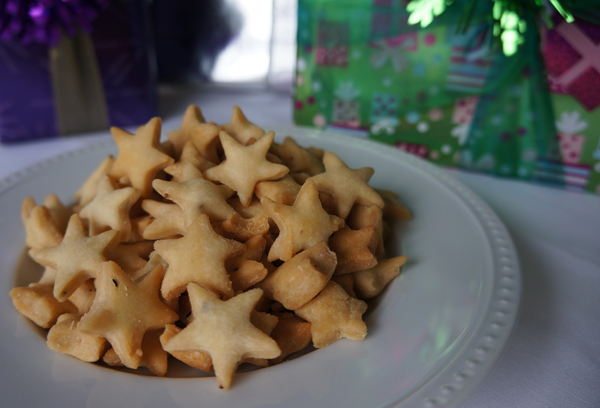 This is my version of the popular South Indian curd rice. It is called dahi bhath, thayir sadam, masar anna, and perugu annam depending on which part of the country you come from. I’ve used Basmati rice, plain whole milk yoghurt, and heavy cream in my recipe. I bought the yoghurt that I used for this recipe from the Indian grocery store, but you can also use whole milk yoghurt from the regular grocery store. Just make sure that the yoghurt is not flavored. In my version, I did not mash the rice as I like to keep the grains whole. To some of my readers, this may not sound like the traditional curd rice recipes from South India, but I like the creamy, comforting, distinct flavor of this rice dish, and I hope you will too.
This is my version of the popular South Indian curd rice. It is called dahi bhath, thayir sadam, masar anna, and perugu annam depending on which part of the country you come from. I’ve used Basmati rice, plain whole milk yoghurt, and heavy cream in my recipe. I bought the yoghurt that I used for this recipe from the Indian grocery store, but you can also use whole milk yoghurt from the regular grocery store. Just make sure that the yoghurt is not flavored. In my version, I did not mash the rice as I like to keep the grains whole. To some of my readers, this may not sound like the traditional curd rice recipes from South India, but I like the creamy, comforting, distinct flavor of this rice dish, and I hope you will too.
A South Indian meal often ends with curd rice. It has a calming effect on your digestive system after a spicy meal. You can also use leftover rice to make this dish. Serve it with pickle, chutney, or a simple vegetable dish.
Curd Rice
2 cups Basmati rice
4 cups water
4 teaspoons salt
2 cups plain whole milk yoghurt (unflavored)
1 cup heavy cream
3 tablespoons vegetable oil
1 teaspoon black mustard seeds
1 teaspoon split bengal gram dal (chana dal)
1 teaspoon black gram dal (urad dal)
1 stalk curry leaves
1 finely chopped green chilli (optional)
a pinch of asafoetida
Put the rice in a medium bowl and add enough water to cover it. With your hands gently swish the rice so as to release the excess starch. Pour off the water and repeat four or five times until the water runs almost clear. Drain in a colander.
Put the rice in a small saucepan along with the water and salt. Place the saucepan over medium-high heat and bring the water to a boil. Reduce the heat to low, cover, and simmer until all the liquid is absorbed, about 15 minutes. Turn off the heat, remove the lid, fluff the rice with a fork and let it cool to room temperature. Beat the yoghurt with a fork until creamy and then stir in the heavy cream. Once the rice has cooled completely, add the yoghurt-cream mixture. Mix well and set aside while you prepare the seasoning.
To season the rice, heat oil in a small frying pan over medium heat until shimmering. Add mustard seeds, and when they pop add the split bengal gram dal. When it turns light brown add the black gram dal and fry until it also turns light brown. Add the curry leaves, green chilli, and asfoetida. Fry for 30 seconds. Turn off the stove and pour the seasoning over the rice. Mix gently so the rice is well flavored with the seasoning.





